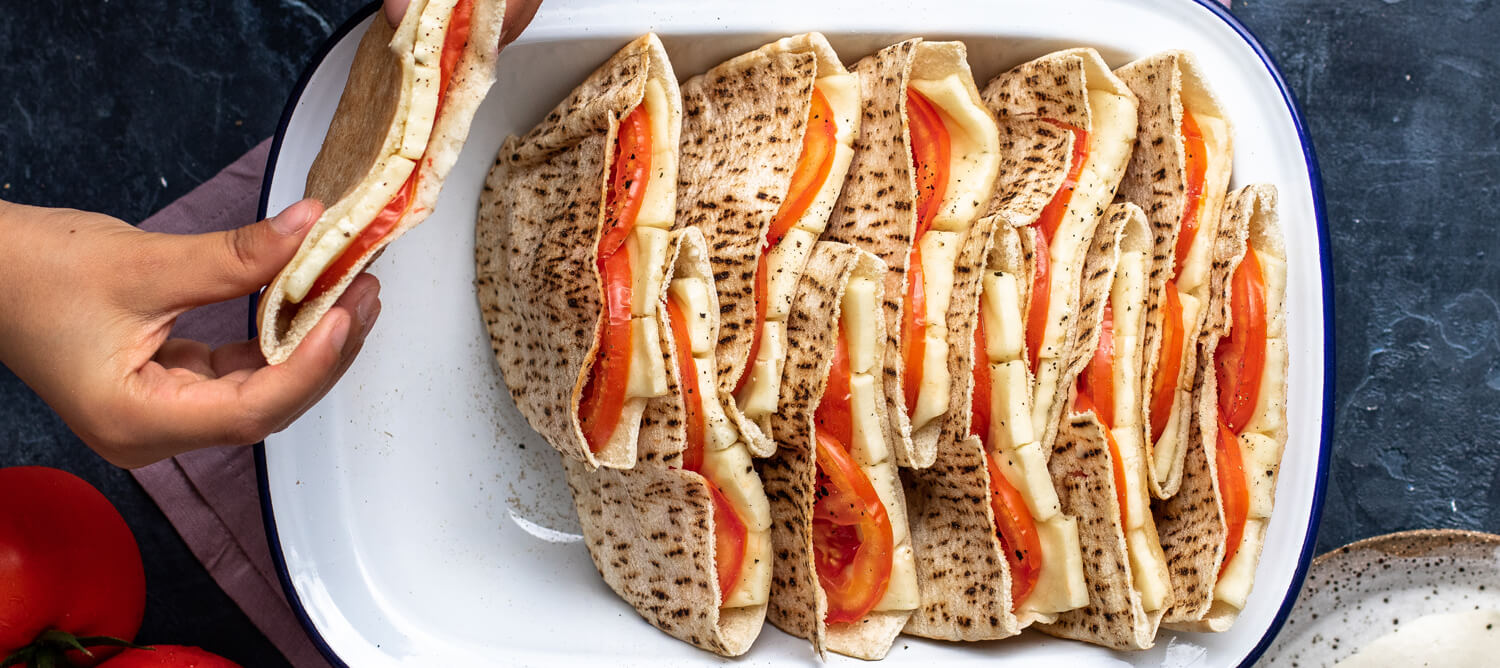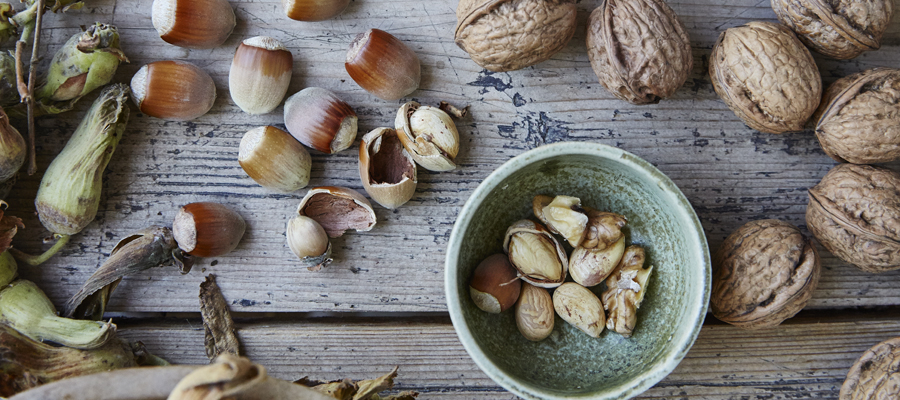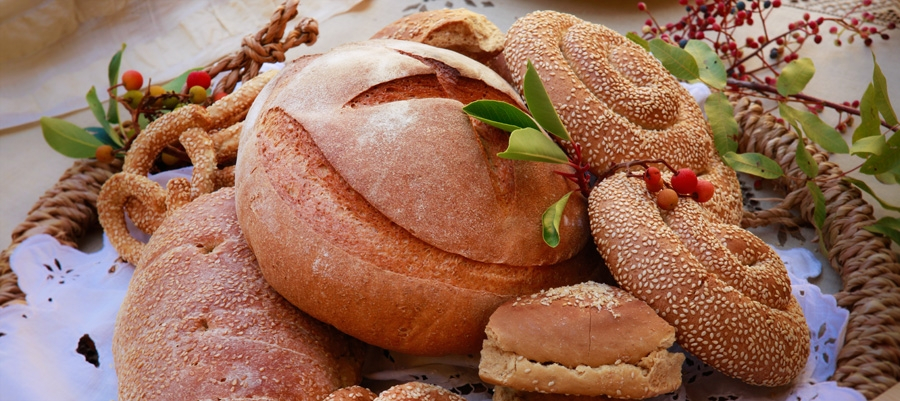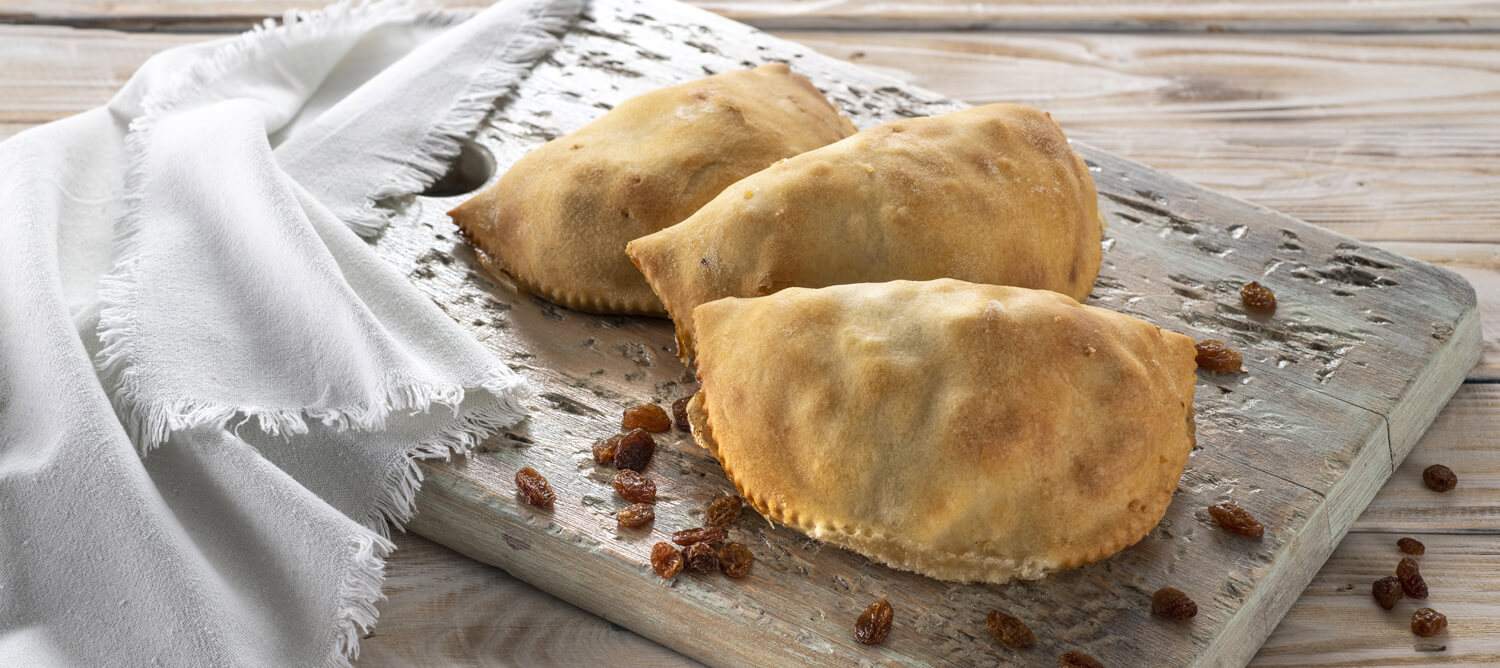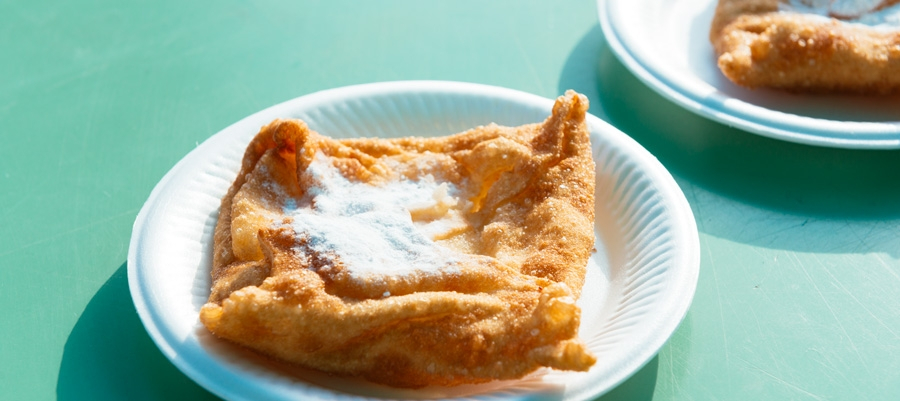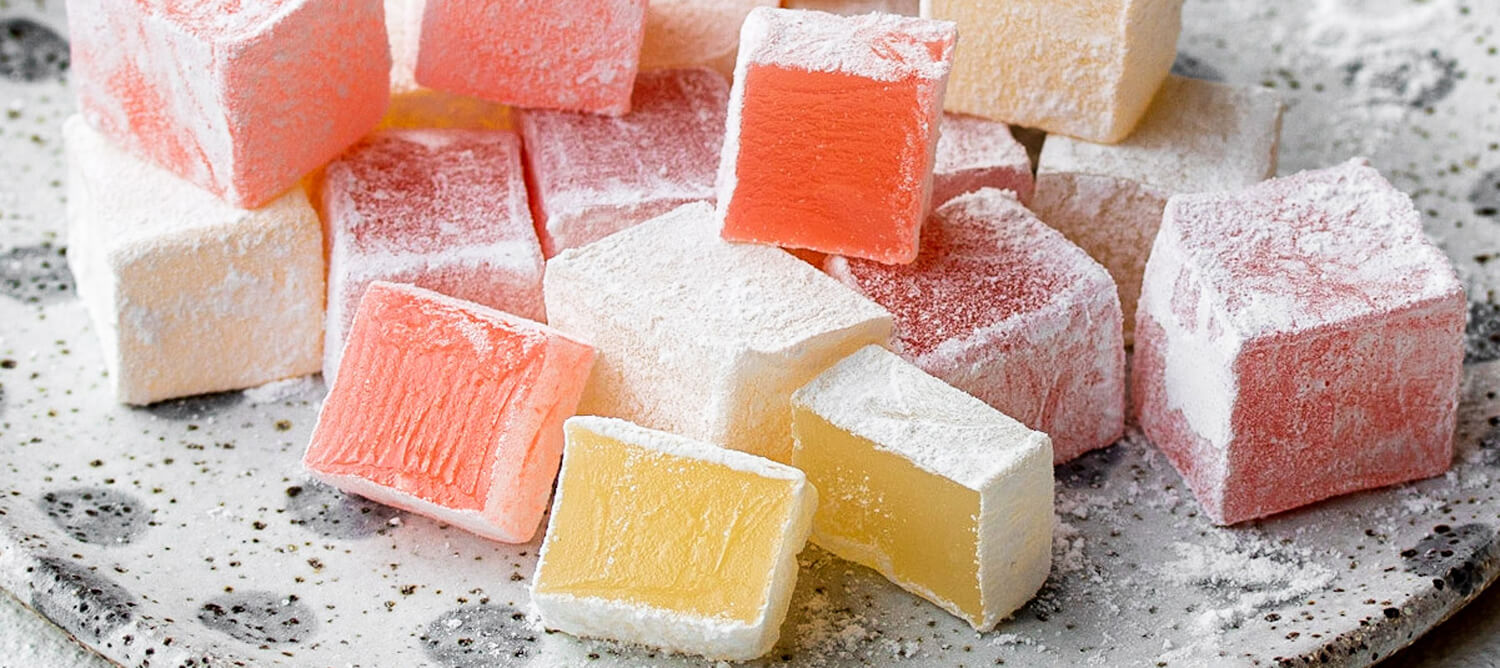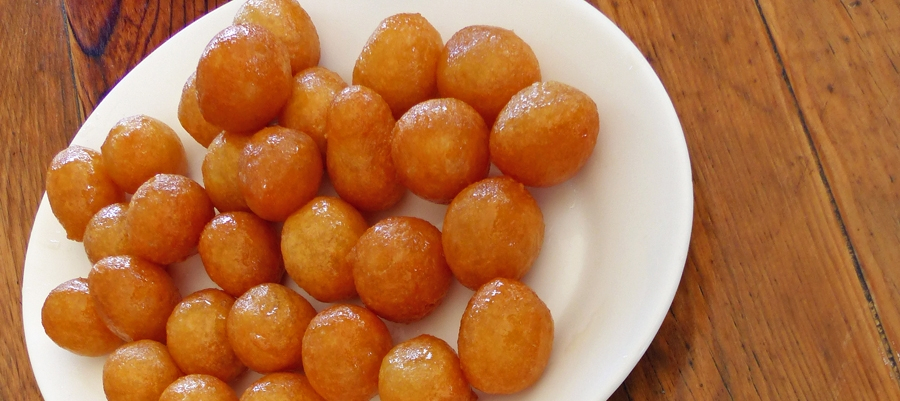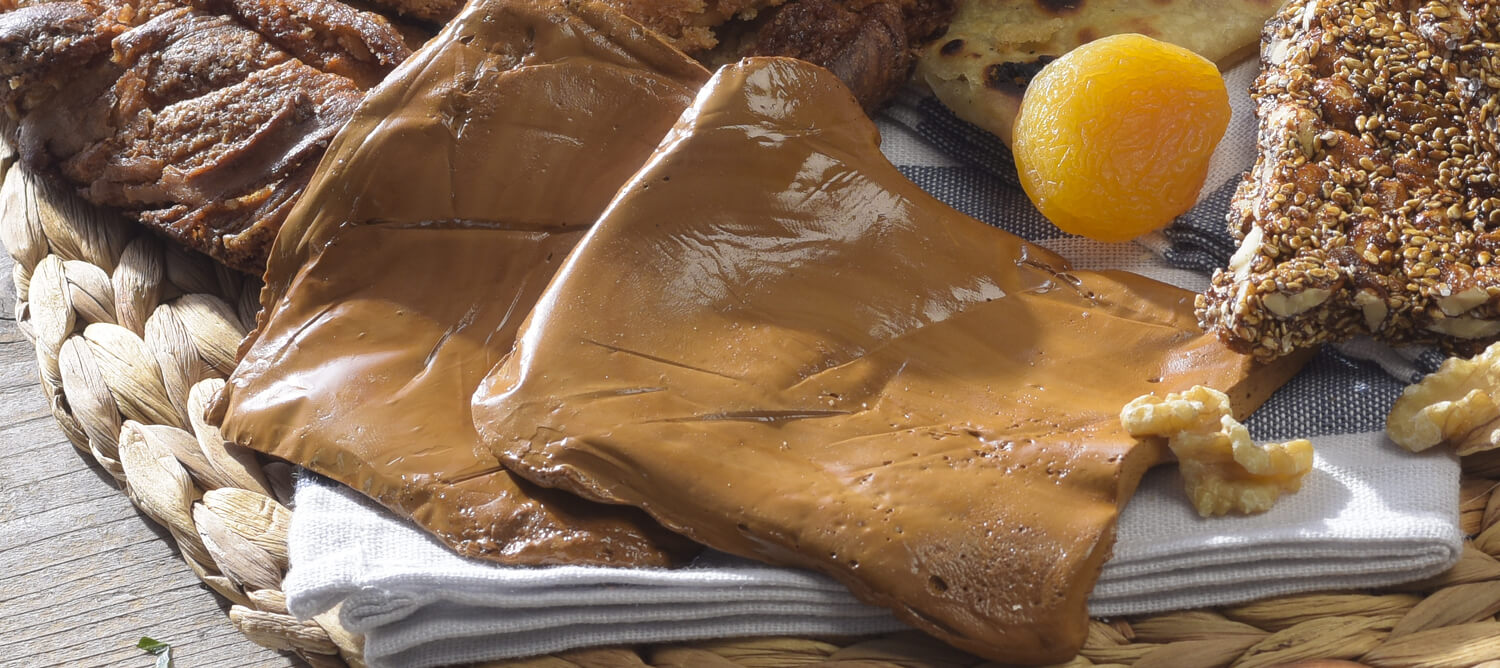The island’s cuisine wouldn’t be complete without Pita bread – the leavened flat bread made in ovals of varying sizes that can be split to form a pocket.
The ‘pockets’ are traditionally filled with small cubes of barbecued meat to form the national take-away dish, Souvlakia, or with Halloumi cheese and Lountza (cured pork meat) for a truly Cypriot version of a sandwich!
Pita is also served with dips and often forms part of the meze meal. They may also be served instead of other breads at restaurants.

